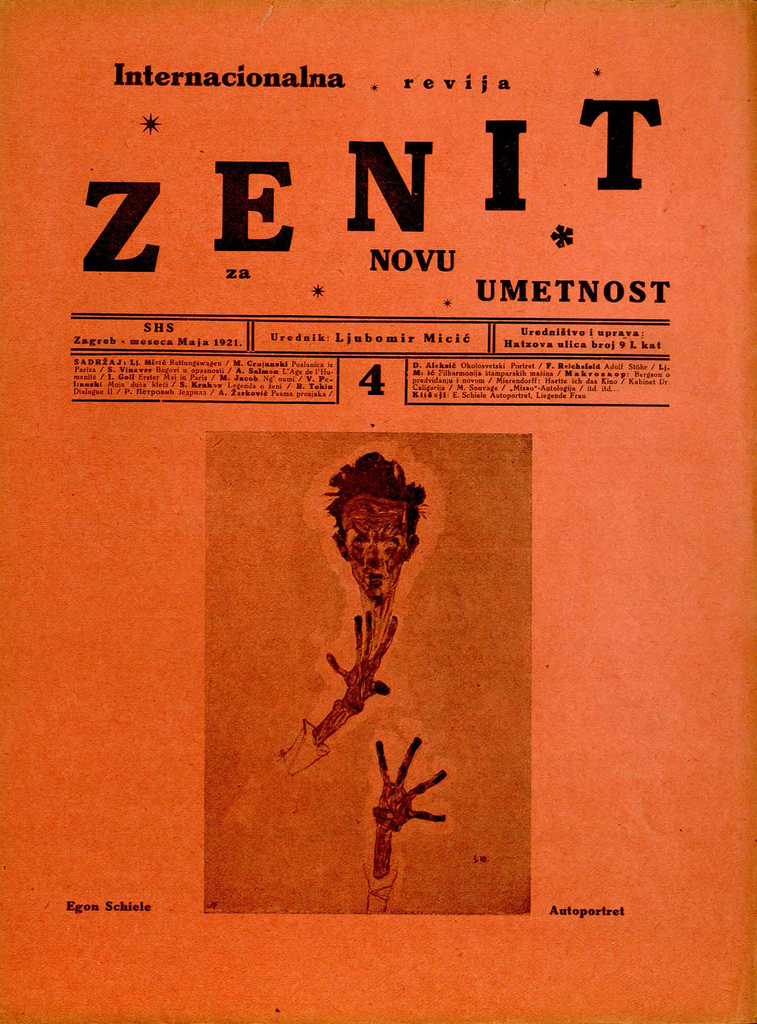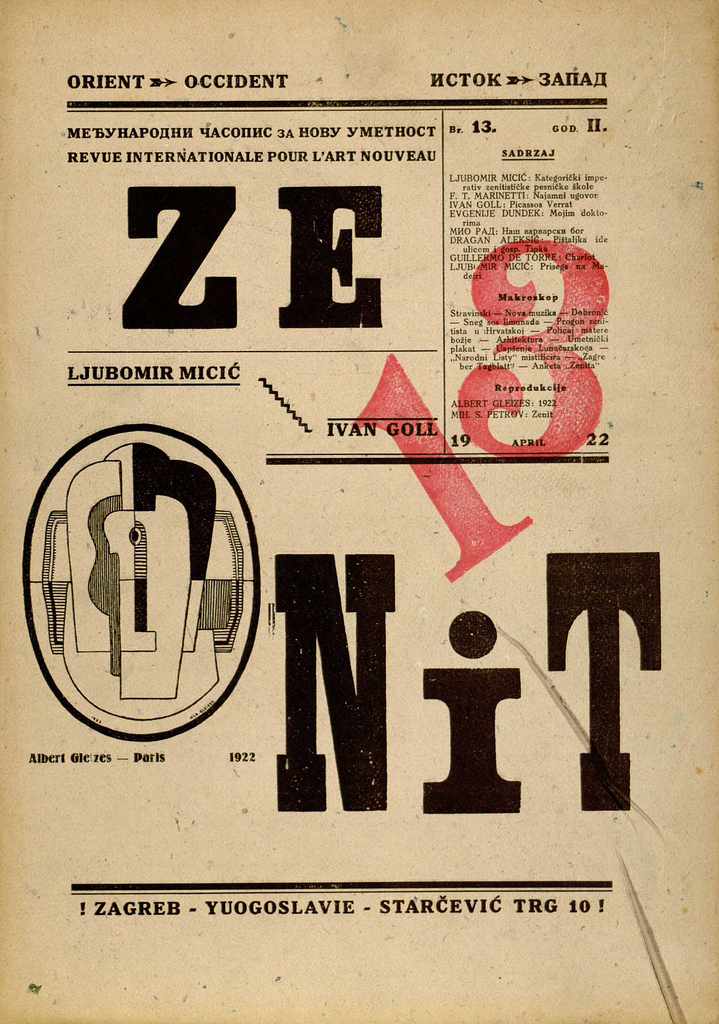László Moholy-Nagy: Painting, Photography, Film (1925–) [DE, EN]
Filed under book | Tags: · art, art theory, bauhaus, collage, design, film, montage, painting, photogram, photography

This book presents Moholy-Nagy’s photograms, X-rays, super-wide-angle fisheye pictures, double prints, collages, montages, and the Bauhaus artist’s thoughts on the interrelationship of type, audio, and visual perception.
From the English edition: “The layout of the pages designed by Moholy-Nagy in 1927–bold sans-serif captions surrounded by lots of white space; compositions composed of arrows, dots, photographs, and heavy ruled lines — is much more like a movie storyboard or a musical score. It conveys a suggestion of imploding optical and retinal phenomena, much like driving down the Los Angeles Freeway at 70 mph or jolting through Philadelphia on the Metroliner.. This edition is a translation and facsimile of the second German edition of Malerei, Fotographie, Film published in 1927 by the Bauhaus Press; and it serves as a valuable reminder of the graphic design pioneered at the Bauhaus by Moholy-Nagy and Herbert Bayer..”
“Gropius had invited the twenty-eight-year-old Hungarian phenom onto the Bauhaus faculty in 1923, and Malerei Fotografie Film is Moholy-Nagy’s first attempt to lay out his entire theory and program for photography, and ultimately, for the transformation of human vision.. The book’s bold typography and design enacted Moholy’s concept of ‘typofoto,’ involving the integration of type and images, which was further elaborated in his two later theoretical works, Von Material zu Architektur and Vision in Motion..” (Randell Roth)
Contains photographs by Alfred Steiglitz, Albert Renger-Pazsch, L. Moholy-Nagy, Man Ray, Lucia Moholy, Hannah Hoch and others.
Publisher Albert Langen, Munich, 1925
Volume 8 of Bauhausbücher series
Second edition, 1927
140 pages
via Bibliothèque Kandinsky
English edition
With a Note by Hans M. Wingler, and a Postcript by Otto Stelzer
Translated by Janet Seligman
Publisher Lund Humphries, London, 1969
150 pages
via Sorin Danut
Malerei, Fotografie, Film (German, 2nd ed., 1925/1927, 131 MB, via Bibliothèque Kandinsky, updated on 2022-4-13)
Malerei, Fotografie, Film (German, 2nd ed., 1925/1927, PDF, JPG, in Heidelberg U Library, added on 2019-7-7)
Painting, Photography, Film (English, trans. Janet Seligman, 1969, added on 2014-8-17)
See also other titles in Bauhaus Books series.
Comments (9)Zenit, International Review of Arts and Culture, No. 1-43 (1921-26) [SH/FR/DE/RU]
Filed under magazine | Tags: · art, avant-garde, collage, constructivism, croatia, dada, expressionism, futurism, painting, serbia



Zenit, International Review of Arts and Culture, enjoyed a reputation as the only Yugoslav avant-garde journal, which was part of the international avant-garde scene at the beginning of the 1920s. Its founder, editor and the chief ideologist of the Zenit programme Ljubomir Micić, poet and art critic, intended to introduce social and artistic principles of avant-garde to Croatia and Serbia, particularly constructivism, futurism and Dada.
It was launched in February 1921 and published monthly in Zagreb (1921-23) and Belgrade (1923-26) until December 1926, when it was banned by the authorities. A total of 43 issues were published (including special number dedicated to young Czech artists, and No. 17-18 to the new Russian Art, edited by Ilya Ehrenburg and El Lissitzky), as well as one poster, “Zenitismus”, and one issue of a daily Zenit newspaper dated 23 September 1922.
The magazine brought together a number of collaborators: Marijan Mikac, Jo Klek (Josip Seissel), Vilko Gecan, Mihailo Petrov, Boško Tokin, Stanislav Vinaver, Rastko Petrovic, Branko Ve Poljanski (Branko Micić), Dragan Aleksic, Milos Crnjanski, Dusan Matic and others. Other collaborators and contributors included the French poet Ivan Goll, Alexander Archipenko, Ilya Ehrenburg, Wassily Kandinsky, El Lissitzky, Louis Lozowick, Alexander Blok, Jaroslav Seifert. The visual contributions by Jo Klek and Mihailo Petrov epitomized Zenitist art and painting.
PDF (single issues, PDF)
PDF (all issues, ZIP, 148 MB)
Lygia Clark, Hélio Oiticica: Cartas, 1964-1974, 2nd ed. (1996/1998) [BR-Portuguese]
Filed under book | Tags: · art, constructivism, installation art, neo-concrete art, painting, tropicalia

Correspondência trocada entre Lygia Clark e Hélio Oiticica.
“Lygia e Helio são os dois maiores artistas do experimentalismo nas artes plásticas brasileiras.”
Edited and with an Introduction by Luciano Figueiredo
With a Preface by Silviano Santiago
First published in 1996
Publisher UFRJ, Rio de Janeiro, 1998
ISBN 8571081913
264 pages
PDF (77 MB, updated on 2024-6-9)
Comments (6)
